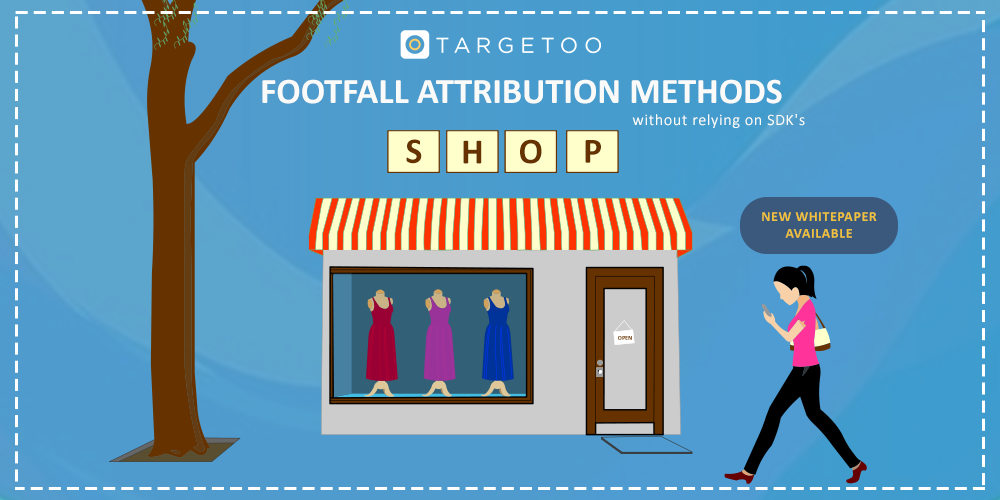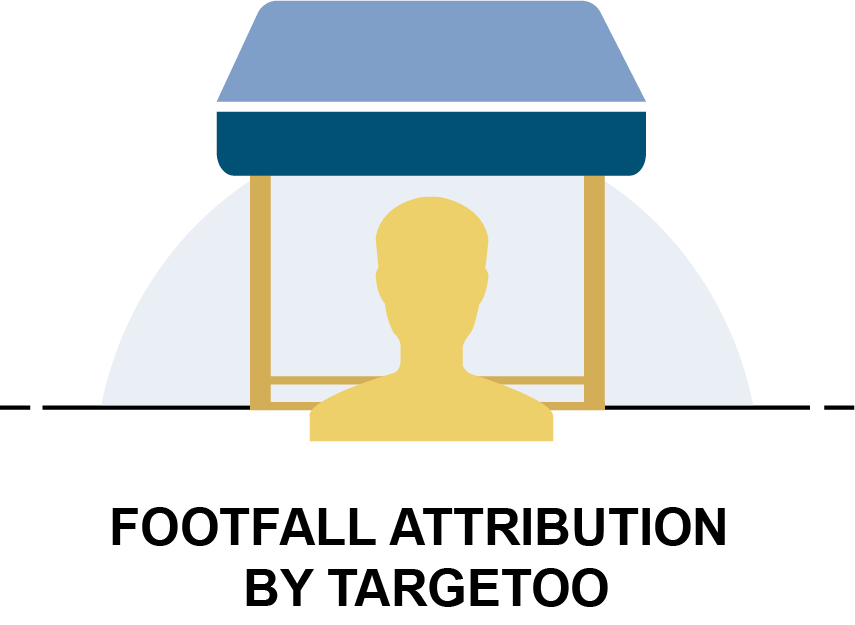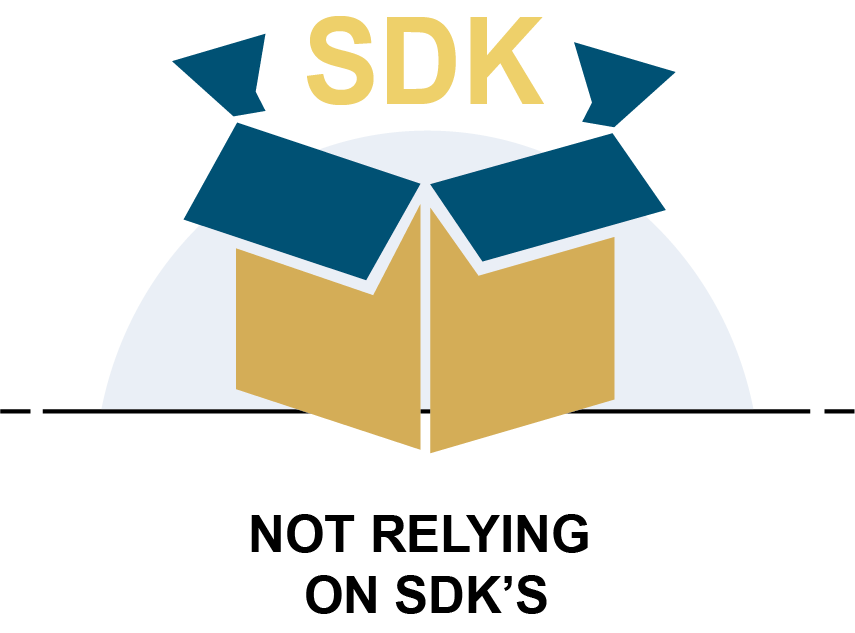Footfall Attribution
Measure in-store traffic and conversions
Footfall Attribution methods can determine if a person (or; phone) - which has been exposed to an ad (impression) - actually (physically) visits a store and/or a specific location. Hence this technique is very relevant for brands/advertisers who have physical stores/locations.
Footfall Attribution
Relying on installed SDK’s
Footfall Attribution is hot but has some significant challenges and obstacles to overcome. For starters, proving (or; reporting on) Footfall Attribution - until now - is done based on/and with the help of Software Development Kits installed in apps. Essentially SDK’s can see the location of a device WITHOUT an adrequest won, without an impression served.
The phone can literately stay in someones pocket and still a Footfall provider (usually third party data providers or a dedicated location data tool) can ‘see’ what the location of you and your phone is. It is not surprising at all that since the activation of the GDPR in Europa, many Footfall Reporting providers stopped offering this product/solution (in Europe).
Footfall Attribution reporting not possible in majority of countries
Then there is the fact that Footfall Attribution reporting is not possible in many countries of the world. Why? Because the lack of active and usable SDK’s in inventory that is popular within these respective countries.
Footfall Attribution by Targetoo
Because of the above problems regarding Footfall Attribution reporting, we have developed our own method for proving and/or reporting on Footfall Attribution. This method does not rely on installed SDK’s and in our view, is compliant with the GDPR.
Furthermore, this method is also applicable in countries where Footfall Attribution reporting is not possible due to the lack of SDK’s.
















